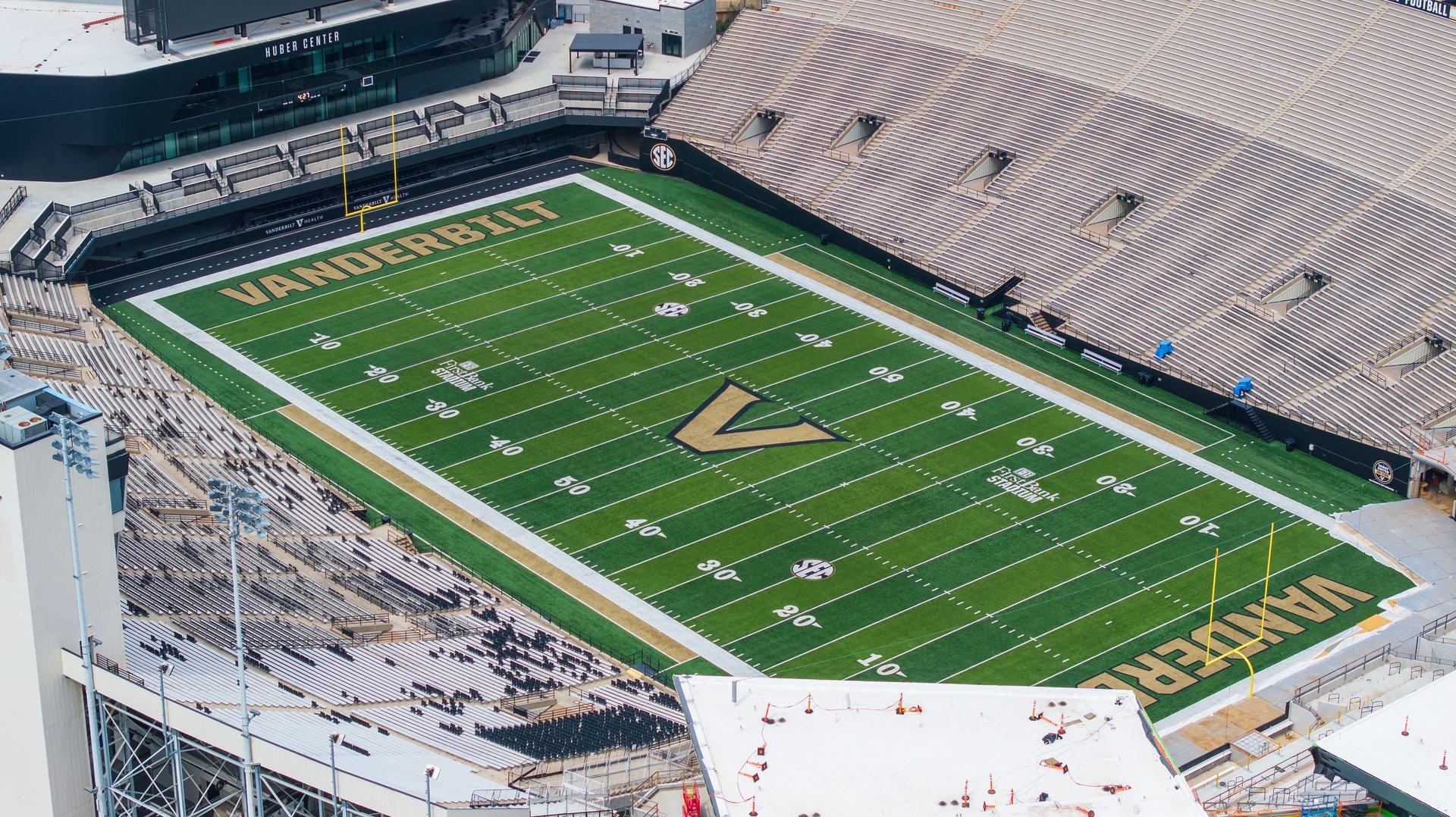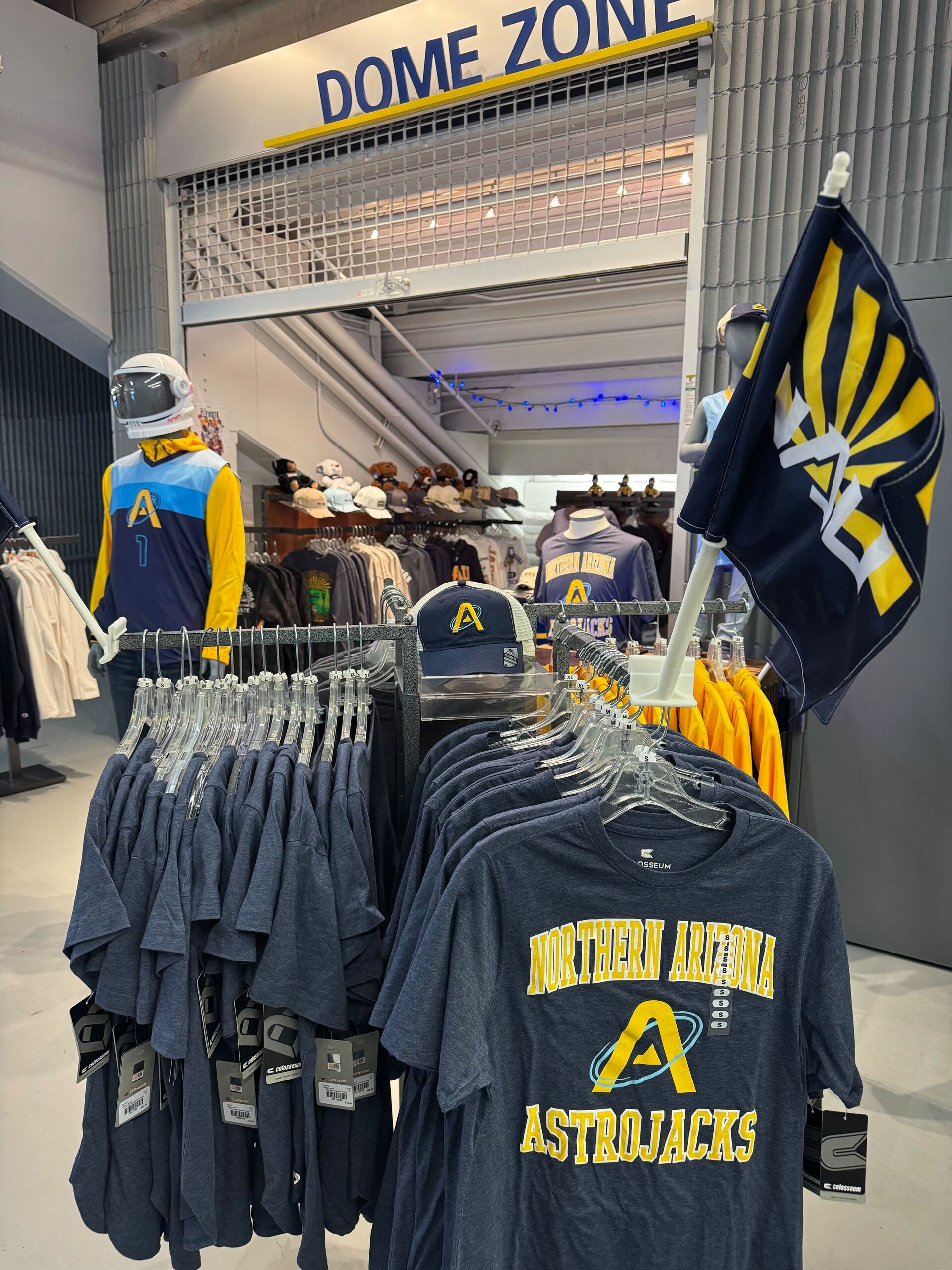Good morning, and thanks for your continued support of Extra Points.
One of the most important vendor relationship that any athletic department has is with their athletic apparel provider.
For smaller programs, this agreement can save schools tens, if not hundreds of thousands of dollars on the gazillion bits of gear and equipment schools have to buy to outfit hundreds of athletes. Apparel partners can also play a role in athlete recruiting (via HS/club sport sponsorships, athlete gear preferences, etc.), sponsorship revenue, and in what products consumers can buy.
If you’re a very big brand, like Ohio State or Texas, you might get all of that and a big check every year from Nike or adidas.
The bulk of the biggest apparel deals in college sports are with Nike or adidas. A handful of power programs, along with several mid-major schools, still work with Under Armour, and a tiny handful of low-major programs have signed with challenger brands like New Balance or Capelli. Small programs may technically sign with a larger provider like Nike or adidas, but the bulk of their apparel will actually be provided by a wholesaler, like BSN or Game One.
Like other major athletic department vendor agreements, athletic apparel contracts are typically longer-term deals. A typical contract with a large program runs for at least six years, and it isn’t shocking for a big-name brand to stick with the same partner for decades.
But that might be changing soon.
Last month, multiple outlets reported that Tennessee is expected to flip from Nike and sign a major new contract with adidas. I don’t think this is official yet, but after talking to a few of my sources in the athletic apparel industry, I’m told that’s basically a done deal.
But they might not be the only one. According to contracts I’ve obtained (via the Extra Points Library), many other major brands, like LSU, Iowa, Ohio State, Penn State, South Carolina, West Virginia and Wisconsin are scheduled to expire in 2026.
Could any of those brands flip? Why would anybody want to potentially change providers, especially if they have a longstanding relationship with a huge company like Nike?
College Athletic Management’s Pat Flynn, who previously worked for Under Armour, told me that he sees two major reasons why major brands could fit the athletic apparel free agency market over the next year or so.
“The biggest reason,” he said, “is still cash.”
But what of cash is a bit more complicated.
Subscribe to Premium to read the rest.
Become a paying subscriber of Premium to get access to this post and other subscriber-only content.
UpgradeA subscription gets you:
- FOUR newsletters a week
- Access to every single article in our archives
- Access to Athletic Director Simulator 4000
- Free digital copy of the What If? ebook
- TWO MONTHS FREE compared to monthly pricing


















